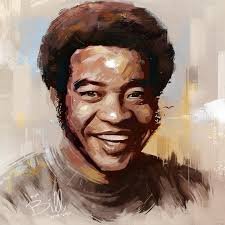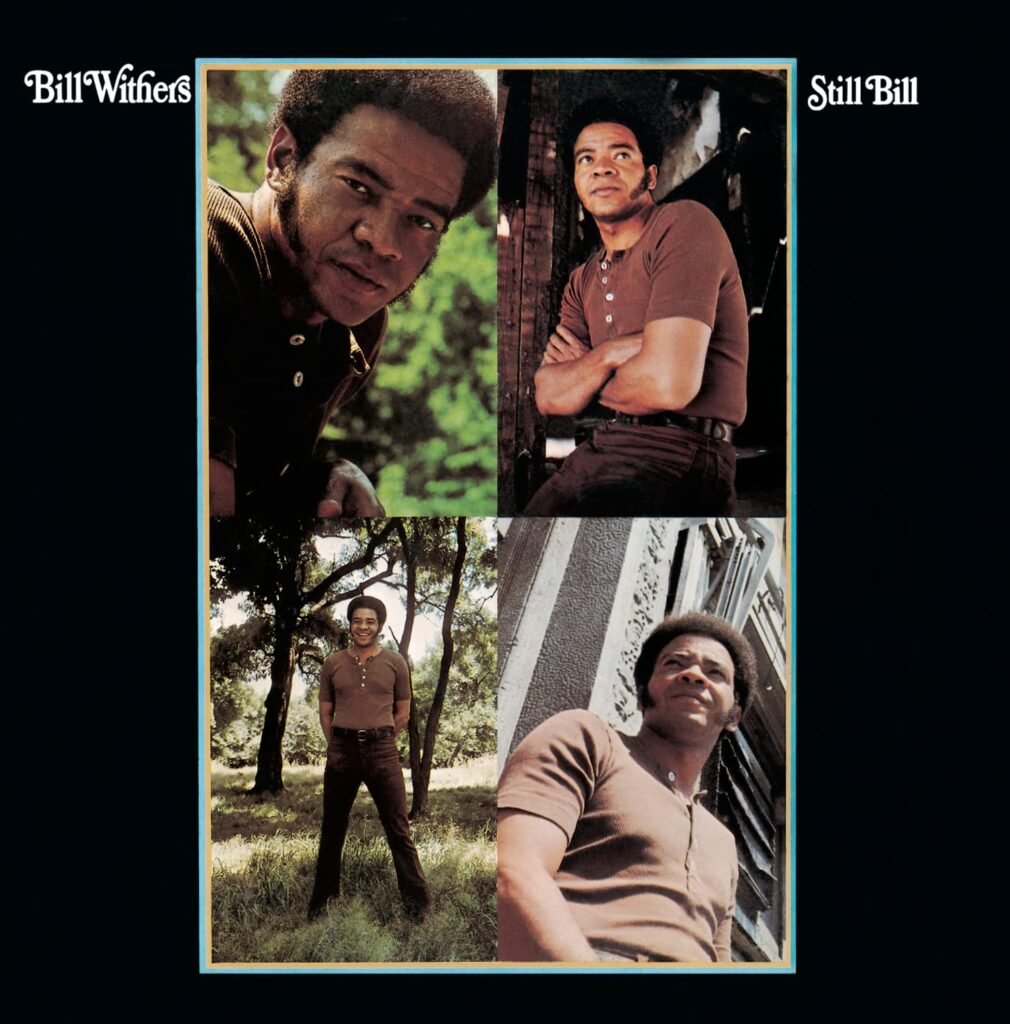
By 1972, Bill Withers had already proven himself as soul music’s unlikely everyman poet. Just a year earlier, his debut Just As I Am had delivered “Ain’t No Sunshine,” a hit that felt like it was written on a lunch break in the factory and sung straight from the heart of a man who’d lived it all. Unlike the flamboyant stylists of the era, Withers didn’t arrive dressed in sequins or framed as a savior of Black music. He was a Navy veteran, a West Virginia-born working-class guy who held day jobs while chasing his songwriting dreams. Yet, in that ordinariness lay his magic: he could write songs that felt universal because they were stripped of artifice. By the time Still Bill landed, the early ’70s soul landscape was lush with socially conscious opuses — Marvin Gaye’s What’s Going On, Curtis Mayfield’s Super Fly, Stevie Wonder’s run of masterpieces. Withers stood shoulder to shoulder with those giants, but he took a different road. Still Bill wasn’t orchestrated protest or symphonic funk; it was bare-knuckled truth, delivered with groove, grit, and a songwriter’s clarity.
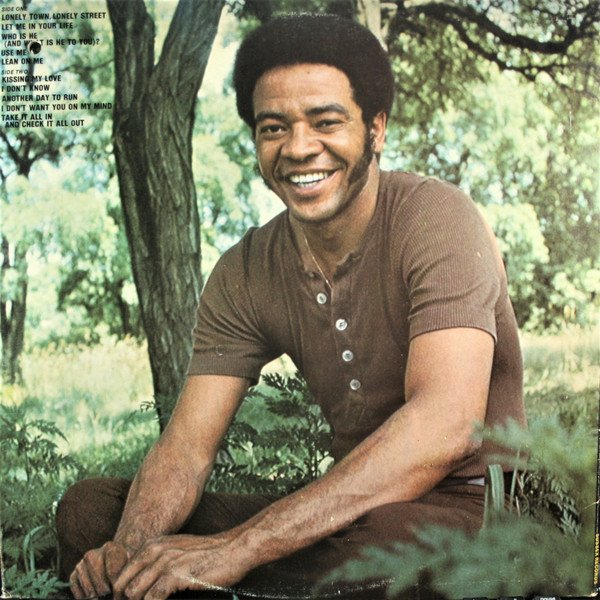
The making of Still Bill doubled down on that ethos. Recorded in Los Angeles at the Record Plant, the album was cut with the Watts 103rd Street Rhythm Band as his core collaborators — a move that gave the record its earthy, tight-but-loose feel. Melvin Dunlap on bass, James Gadson on drums, Ray Jackson on keyboards, and Benorce Blackmon on guitar weren’t session players parachuting in; they were Withers’ musical family, a band that knew how to simmer in a groove without overplaying. The production, credited to Withers and the band under the banner of “Stone Flower Productions,” rejected the glossy studio sheen that was starting to creep into soul. Instead, it leaned on live takes, warm tones, and the interplay of musicians who trusted each other. That chemistry allowed Withers’ songs to breathe. When you hear Still Bill, you’re not hearing studio magic — you’re hearing the sound of a group of players locked in a room, catching a vibe, and letting Bill’s voice carry the rest.
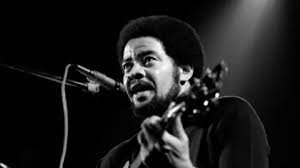
The album opens with “Lonely Town, Lonely Street,” and immediately you feel the grit. The groove is slow-burn funk, Gadson’s drums snapping like footsteps on pavement, Dunlap’s bass anchoring everything. Withers sets the tone: this isn’t a glossy fantasy of urban life, it’s the bluesy reality of isolation even in a crowded city. Then comes “Let Me in Your Life,” a softer plea, intimate and vulnerable, proving Withers could pivot from streetwise storyteller to tender balladeer in a heartbeat.
The centerpiece of side one, though, is “Use Me.” Driven by an irresistible, syncopated bass line, it’s funky and raw, but what really cuts is the lyrical honesty: Withers flips the script on exploitation, declaring he doesn’t mind being “used” if the chemistry feels right. It’s equal parts carnal confession and sly empowerment — a working-class blues reframed as funky philosophy. The song became one of his biggest hits, and it still feels decades ahead of its time in how it treats desire and power.
Side two is anchored by the anthem that would become Withers’ calling card: “Lean on Me.” Inspired by his small-town West Virginia upbringing, where neighbors actually leaned on one another, the song is deceptively simple — a gospel chord progression, a plainspoken lyric, and Bill’s unvarnished delivery. But that simplicity is its brilliance. It’s one of those rare songs that works everywhere: in church pews, on playgrounds, at protests, at funerals. It distills community into three minutes and fifty-one seconds. Just as powerful, though less famous, is “Who Is He (And What Is He to You?),” a paranoid, minor-key funk groove where Withers plays the suspicious lover, his voice simmering with quiet rage while the band locks into a dark, hypnotic pocket. Alongside those standouts, “I Don’t Know” deserves mention: a ballad of confusion and resignation that showcases Withers’ gift for understatement. No melodrama, no vocal gymnastics — just plain words sung with conviction, making the personal feel universal. In these tracks, you hear the full range of Withers’ artistry: the philosopher, the lover, the neighbor, the suspicious partner.
The impact of Still Bill has echoed through generations. For musicians, it’s a masterclass in less-is-more: proof that groove, honesty, and restraint can outshine studio gimmicks. For songwriters, it’s a bible on how to craft lyrics that cut to the bone without leaning on cliché. And for listeners, it’s a reminder that great music doesn’t need costumes or pretense — it needs truth. Artists from D’Angelo to John Legend, from Jill Scott to Anderson .Paak, have drawn from Withers’ blueprint, weaving his mix of funk minimalism and emotional directness into their own sounds. Fifty years later, the record still feels fresh, not frozen in time. So why should you listen to Still Bill today? One: because “Use Me” is still one of the funkiest grooves ever laid to tape. Two: because “Lean on Me” remains a timeless anthem of community. Three: because Bill Withers shows how the ordinary can be extraordinary. And four: because sometimes the simplest truth — sung plainly, over a tight groove — is the most radical music of all. Drop the needle, lean in, and let Bill remind you that the everyday soul is often the deepest soul.
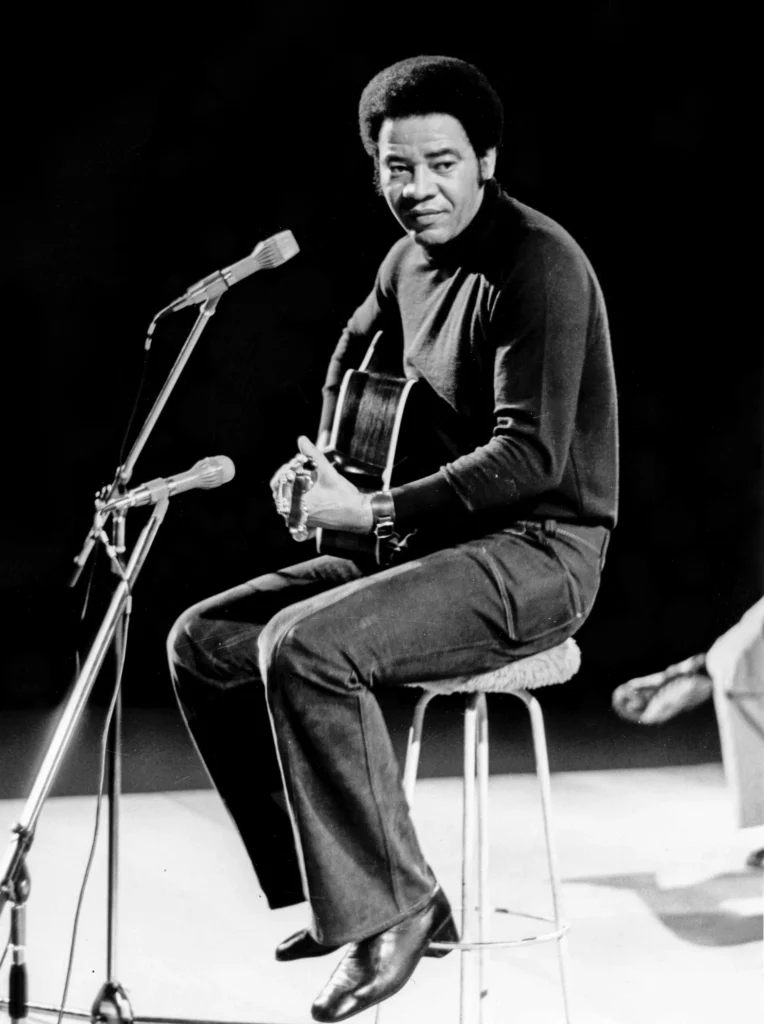
Here’s the track list for Bill Withers’ Still Bill (1972, Sussex Records):
Side A
1. Lonely Town, Lonely Street – 3:43
2. Let Me in Your Life – 2:39
3. Who Is He (And What Is He to You)? – 3:12
4. Use Me – 3:46
5. Lean on Me – 4:17
Side B
6. Kissing My Love – 3:49
7. I Don’t Know – 3:05
8. Another Day to Run – 4:38
9. I Don’t Want You on My Mind – 4:35
10. Take It All in and Check It All Out – 2:40
